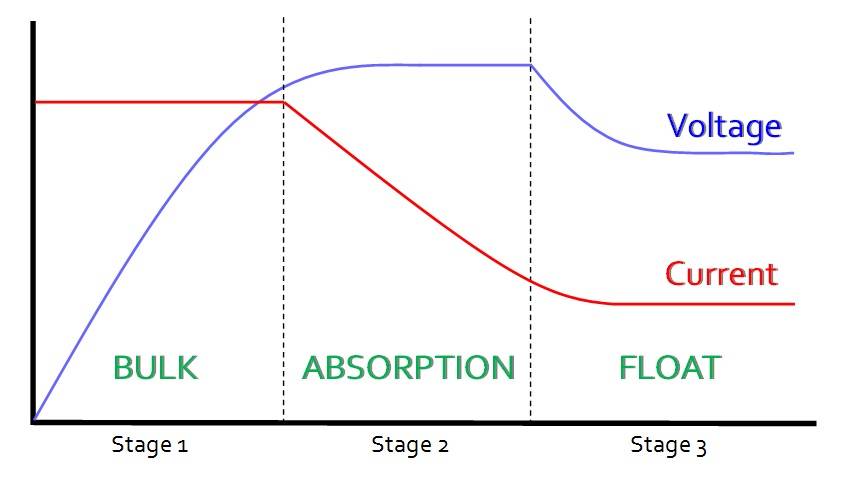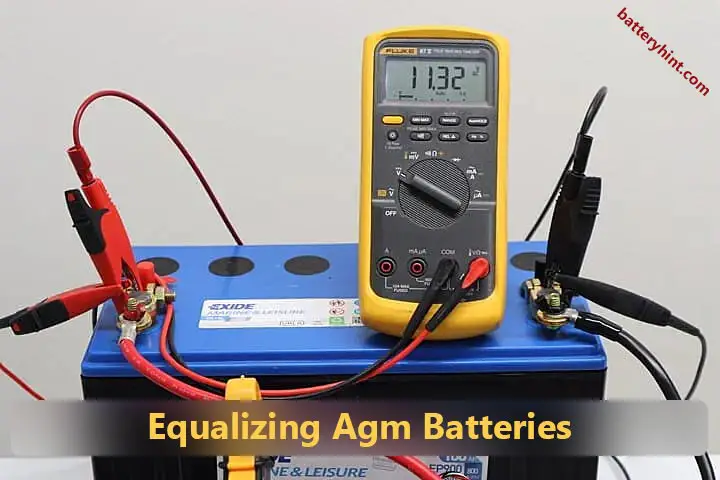I've been through the manual many times, but am not sure I'm interpreting the Classic 150 status output correctly.
I have six 420W Q panels. Three series pair. Total rated output should be around 2500 watts at 48 volts DC going to the Classic.
My battery bank and inverter are 24 volt.
Today, sunny skies with some thin whispy clouds. Sun bright enough you can't look at it. High noon.
Classic 150 main status screen reads: IN 92.2V, Watts 400 (more or less) KWh 2.4 BATT 28.4V, 13A (more or less), Absorb.
What does the 400 Watts mean? Surely that's not all I'm getting from my panels? What tells me the truth about how many charging watts are being supplied to the battery bank?
For this lead acid bank I need the full 2500 output for the batteries to get a full charge.
My Q panels data sheet states minimum watts of 314.4 (each) at the MPP at normal operating conditions. What are normal operating conditions?
Current temperature is 48 degrees F.
Panels have been in service for about 18 months
Panels are oriented perpendicular to the angle of the sun at local noon and fall & spring equinox.
Based on the performance at low irradiance chart, I should have at least 95% efficiency.
I have six 420W Q panels. Three series pair. Total rated output should be around 2500 watts at 48 volts DC going to the Classic.
My battery bank and inverter are 24 volt.
Today, sunny skies with some thin whispy clouds. Sun bright enough you can't look at it. High noon.
Classic 150 main status screen reads: IN 92.2V, Watts 400 (more or less) KWh 2.4 BATT 28.4V, 13A (more or less), Absorb.
What does the 400 Watts mean? Surely that's not all I'm getting from my panels? What tells me the truth about how many charging watts are being supplied to the battery bank?
For this lead acid bank I need the full 2500 output for the batteries to get a full charge.
My Q panels data sheet states minimum watts of 314.4 (each) at the MPP at normal operating conditions. What are normal operating conditions?
Current temperature is 48 degrees F.
Panels have been in service for about 18 months
Panels are oriented perpendicular to the angle of the sun at local noon and fall & spring equinox.
Based on the performance at low irradiance chart, I should have at least 95% efficiency.




